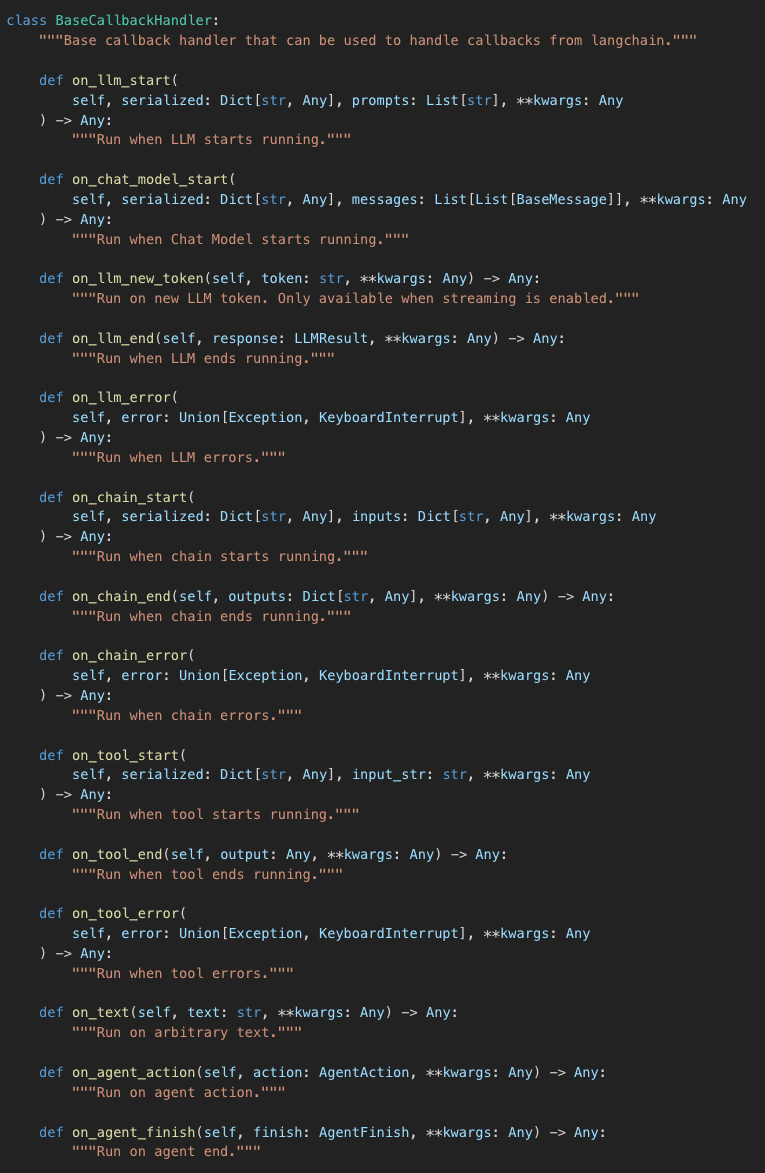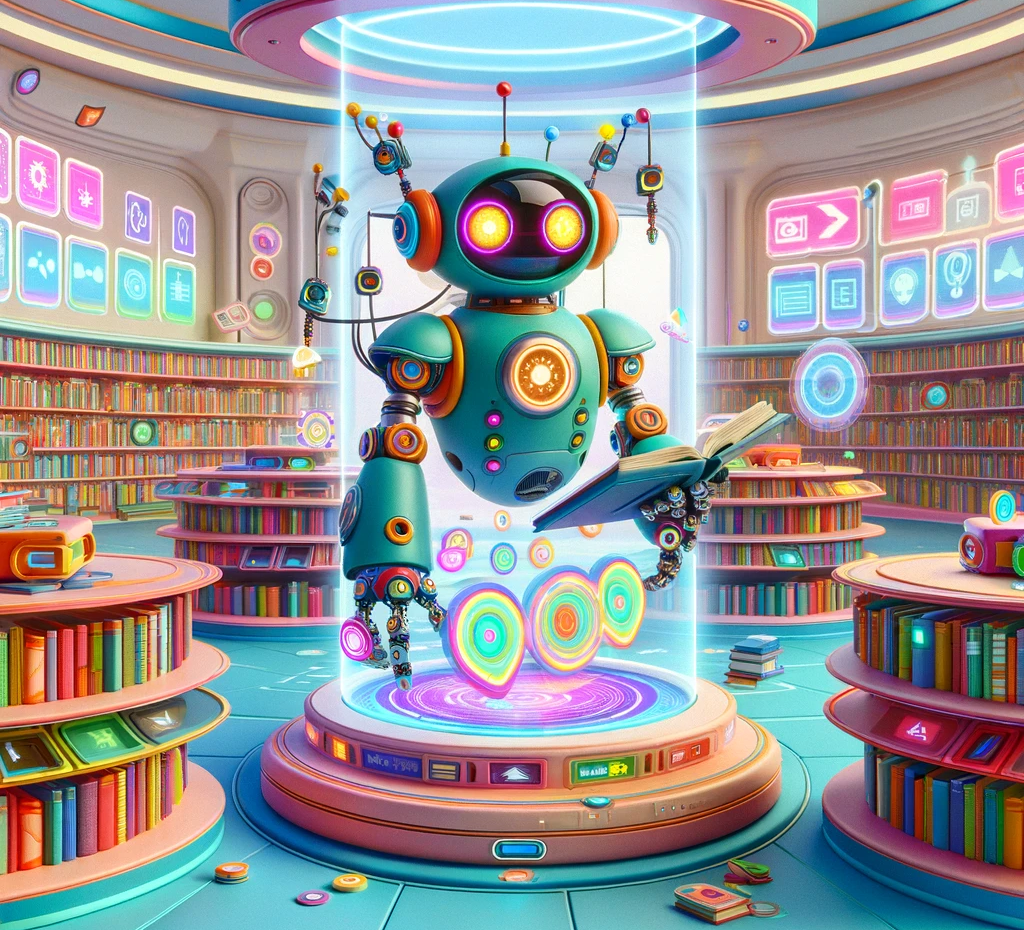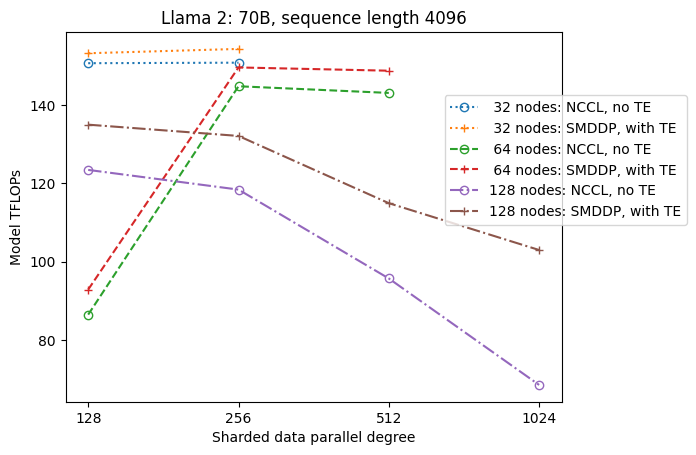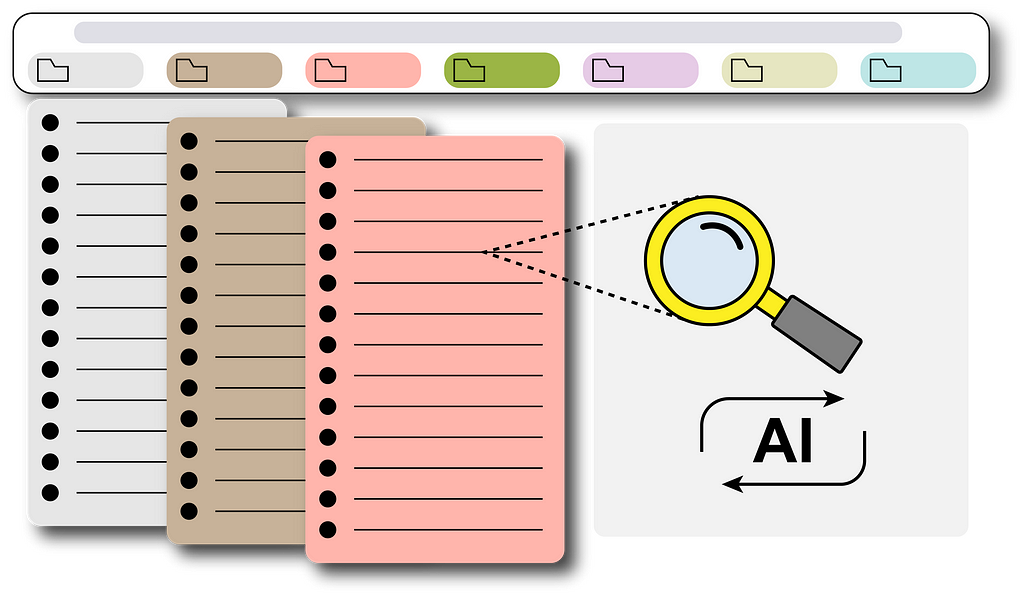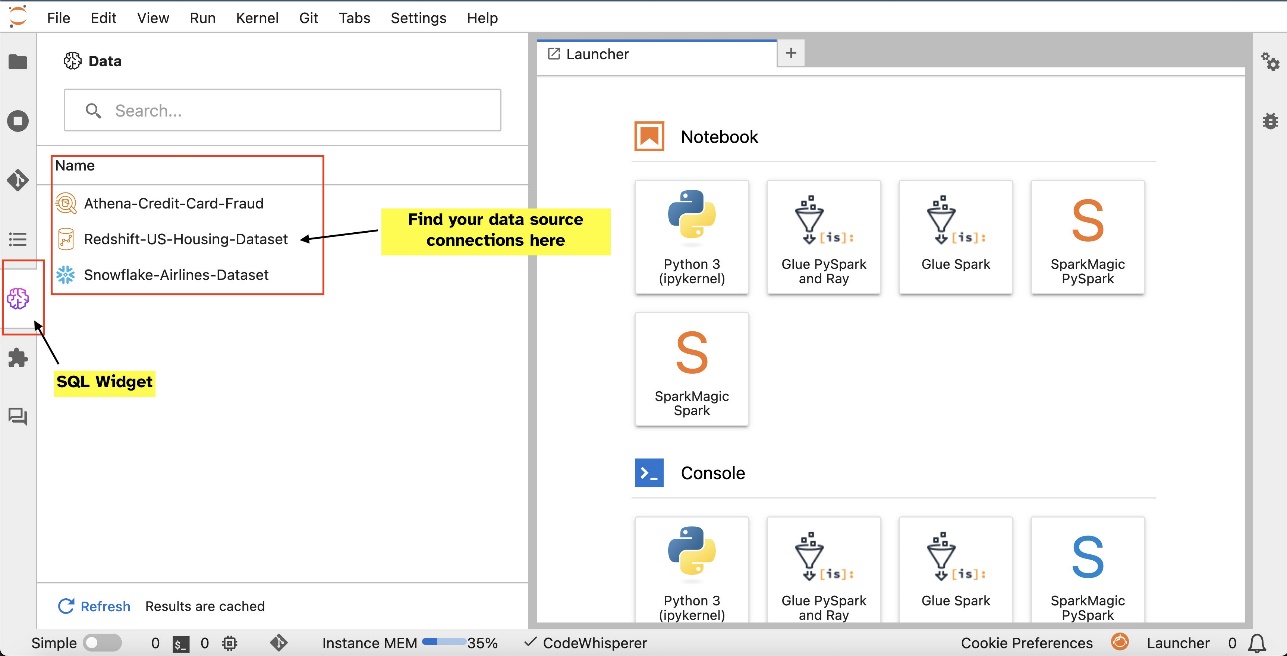Discover the latest groundbreaking research on AI-powered drones by leading tech companies. Learn how these innovative technologies are revolutionizing industries and shaping the future of automation.
Discover the latest breakthrough in AI technology with the unveiling of Tesla's new self-driving car. The revolutionary vehicle is set to change the automotive industry forever.
Discover how innovative companies like Tesla and Apple are revolutionizing the electric vehicle market with cutting-edge technologies. Learn about the latest advancements in battery technology and autonomous driving systems.
Discover how Apple's latest iPhone model is revolutionizing the smartphone industry with its advanced camera technology and powerful performance. Learn how consumers are flocking to purchase this innovative device, setting new sales records for the company.
New study reveals groundbreaking findings on the impact of AI technology in improving customer satisfaction. Companies like Google and Amazon leading the way with innovative AI-driven solutions.
Discover the groundbreaking AI technology developed by Google that revolutionizes data analysis. See how this innovation is set to transform industries worldwide.
Discover how Company X revolutionized the tech industry with their groundbreaking product. Learn about the impact of their innovative technology on future developments.
Discover the latest groundbreaking research on AI applications in healthcare by leading tech companies. Learn how advancements in machine learning are revolutionizing patient care and diagnosis.
Discover how Company X revolutionized the tech industry with their groundbreaking AI software. Learn about the impact of their innovative product on various sectors.
Discover how innovative tech startup XYZ is revolutionizing the healthcare industry with their groundbreaking AI-powered diagnostic tools. Learn how their cutting-edge technology is saving lives and changing the way medical professionals approach patient care.
Discover how XYZ Company revolutionized the tech industry with their groundbreaking AI technology. Learn how their product outperformed competitors, leading to a surge in market demand.
Discover how XYZ Company revolutionized the tech industry with their groundbreaking AI technology. Learn about the impact on future innovations and the competitive landscape.
New study reveals groundbreaking technology developed by XYZ Company, revolutionizing the way we approach sustainability in the fashion industry. Findings show a significant reduction in carbon emissions and water usage, setting a new standard for eco-friendly practices.
Discover how innovative startups are revolutionizing the tech industry with cutting-edge products. From AI-driven solutions to sustainable technologies, these companies are shaping the future.
Discover the groundbreaking research by Tesla on new sustainable energy solutions. Explore the innovative partnership between Apple and SpaceX in developing cutting-edge technology.




